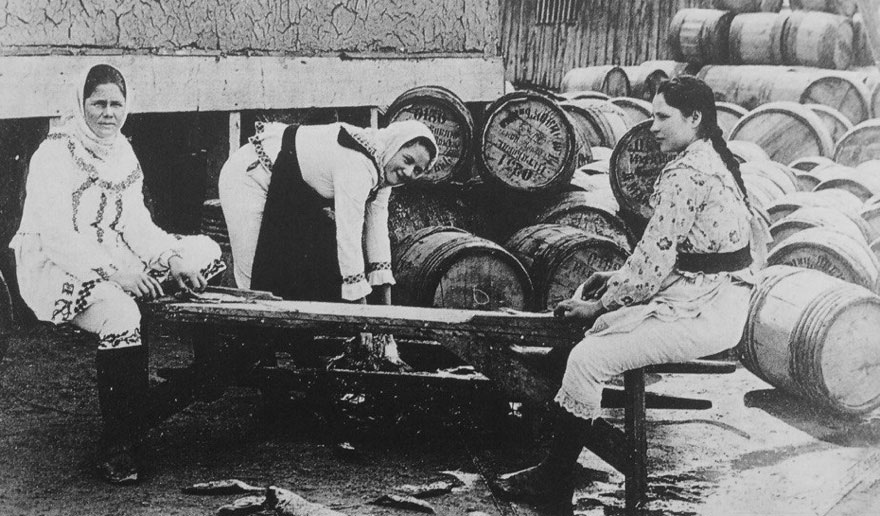Заполните несколько полей,
чтобы завершить оформление заказа.
BLACK CAVIAR FROM CASPIAN SEA
In a decade, Russia exported as little as 10 tons of the sturgeon roe, 14 times less than in 1989.
In previous years, the Caspian Sea produced about 98% of the world total harvest of the black caviar. For the next 15 years, according to Russian Fishing Agency, the sturgeon population in the Volga estuary near the Caspian Sea dropped by shocking 99%.
The undertaken measures led to a new growth of the natural reserves, but the situation was influenced by dirty tricks of the big oil and... geopolitics.
The growing hydrocarbon production on the Caspian shelf imposed its toll on the aquatic environment. Worse, sturgeons feed near the bottom, where the harmful contaminants accumulate. The Caspian Sea grew warmer and shallower. The contamination destroyed more than a few spawning grounds dramatically reducing the reproduction rates.
After the collapse of the USSR, the simultaneous fishing was commenced by the five newly formed shore states – the Russian Federation, Kazakhstan, Azerbaijan, Turkmenistan, and Iran. Smuggling, overfishing, unlimited harvesting – all that put the sturgeon on a brink of extinction.
Before the Great War, fishers of the lower Volga and the Caspian Sea annually procured up to 40 tons of sturgeon.
The following dramatic historical events – the Russian Revolution and the Civil War – led to such a reduction in fishing that the sturgeon population significantly grew. In 1938, the Soviet Union imposed strict limits on rare fish capture. Yet another war broke out. Furthermore, in 1940, according to the mutual agreement of the two states, Iran was granted the right of fishing the Caspian.
At the moment, the law in Russia allows selling of the sturgeon roe produced in aquacultures. So the caviar found a new home.
The Russian Association of Sturgeon Producers in a close cooperation with government agencies is constantly monitoring the manufacturing of the legal product at every stage of the process.
We take special pride in thinking that responsible reproduction of nearly extinct sturgeon would help to restore the natural wealth of the Caspian Sea.
And allow the future generations to inherit it.
In Russia, the traditional method of extraction of the most savory black caviar immediately while splitting the fish was called the slaughtering.
Foreign specialists are delicately referring to the process as the sacrifice. A sturgeon is covered with ice slabs to put it into anabiosis in order to avoid the situation when the stress affects the taste of the delicacy.
You may call it a cold calculation – for months and years to come. Strictly controlled water temperature combined with the most ecological techniques of water purification allow us to receive roe from eight years old she-sturgeons without turning to artificial methods of stimulation.
For a few months we lower the temperature in the giant reservoirs – that is how the fish gets ready to spawning in their natural habitat in winter and gets rid of excessive fat, so improving the taste and aroma of the caviar. The ultrasonic diagnostics allow us to determine the measure of roe maturation.










